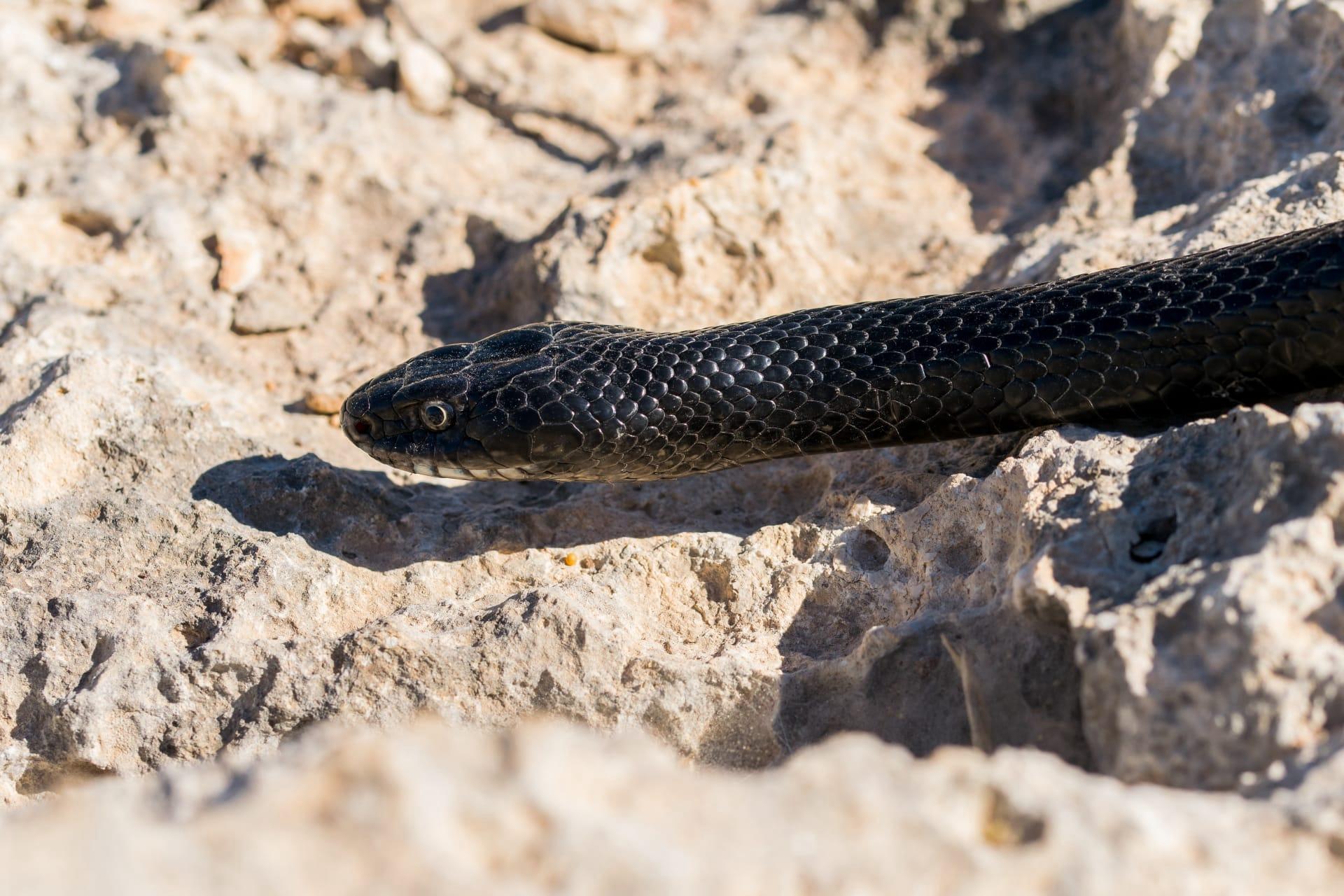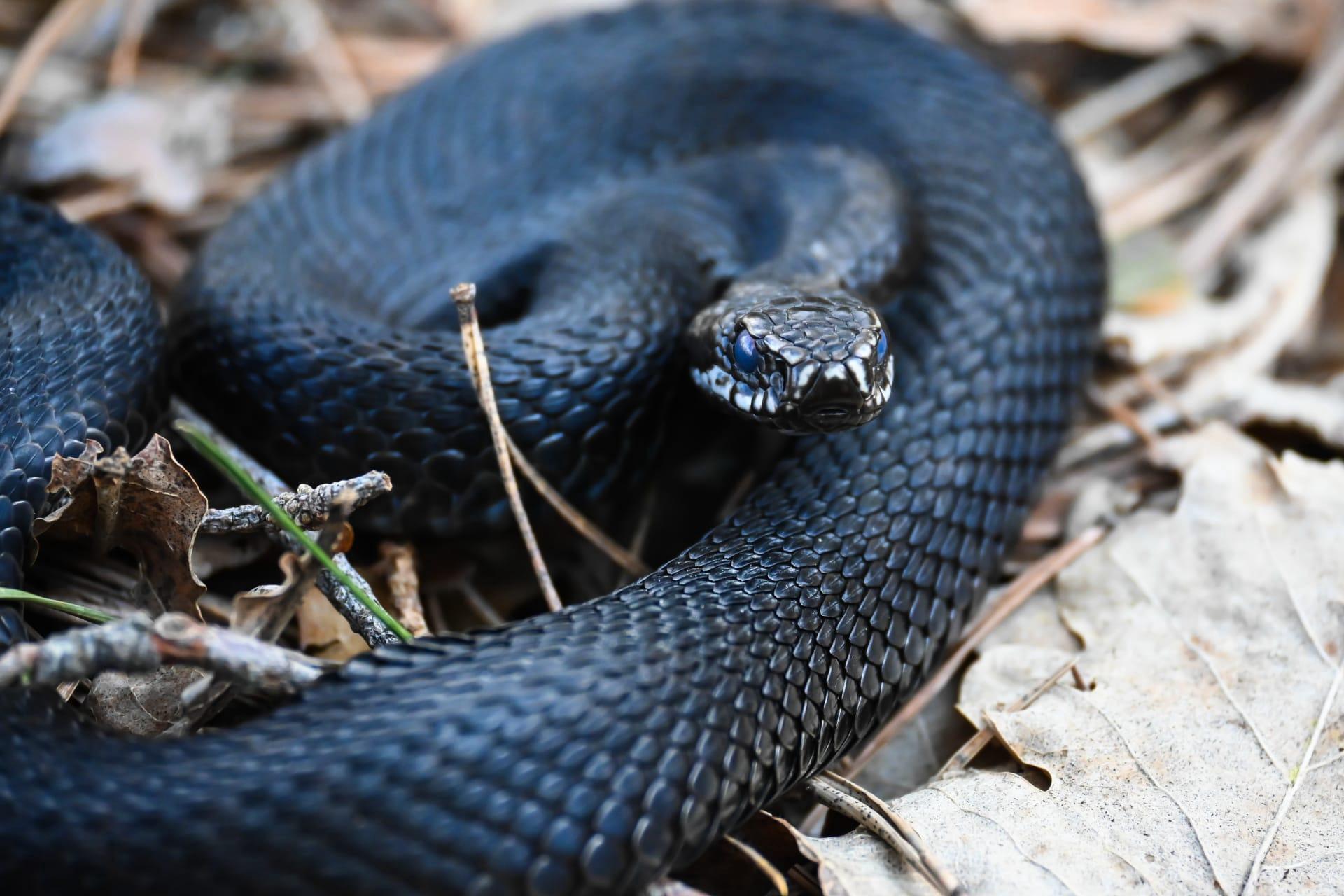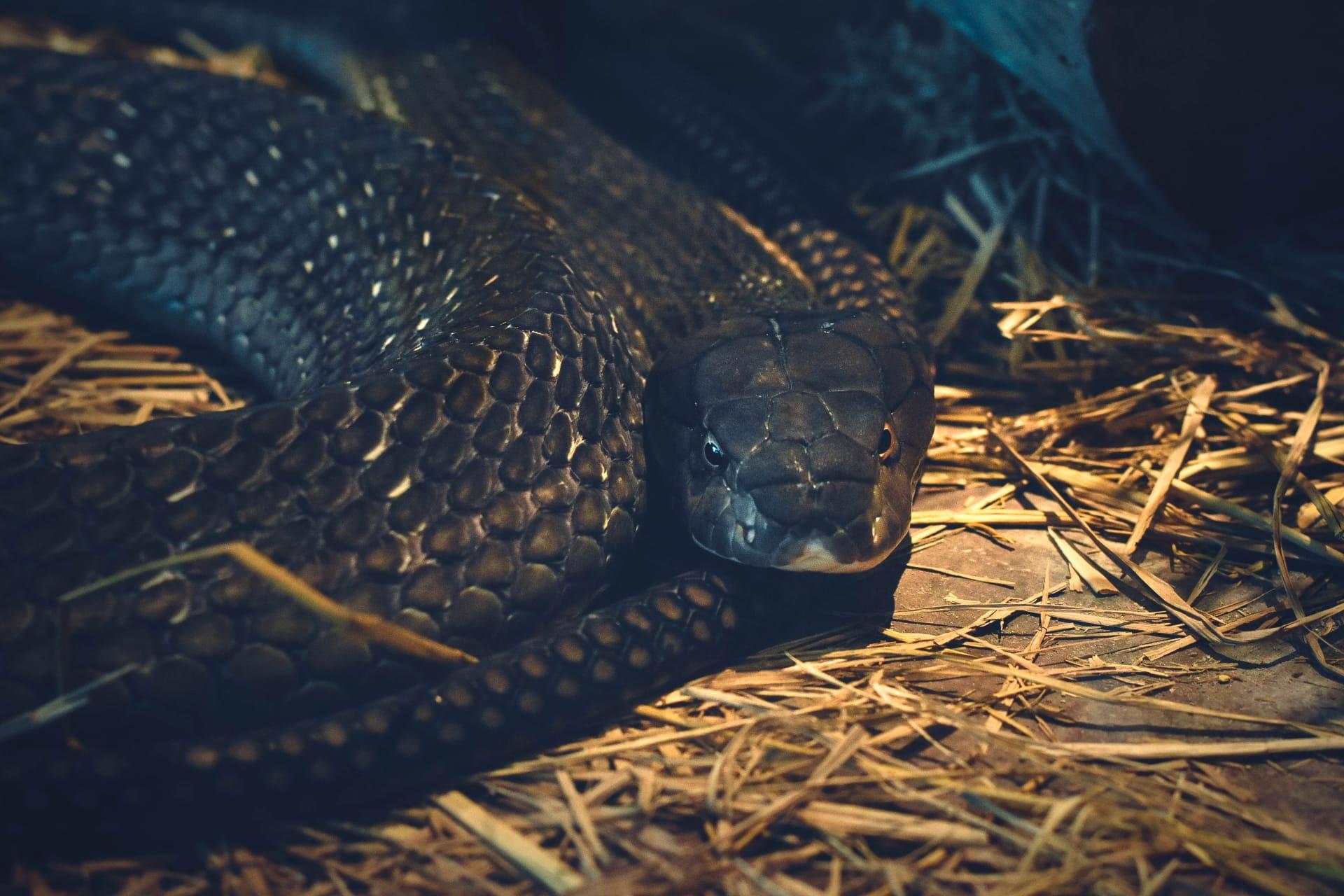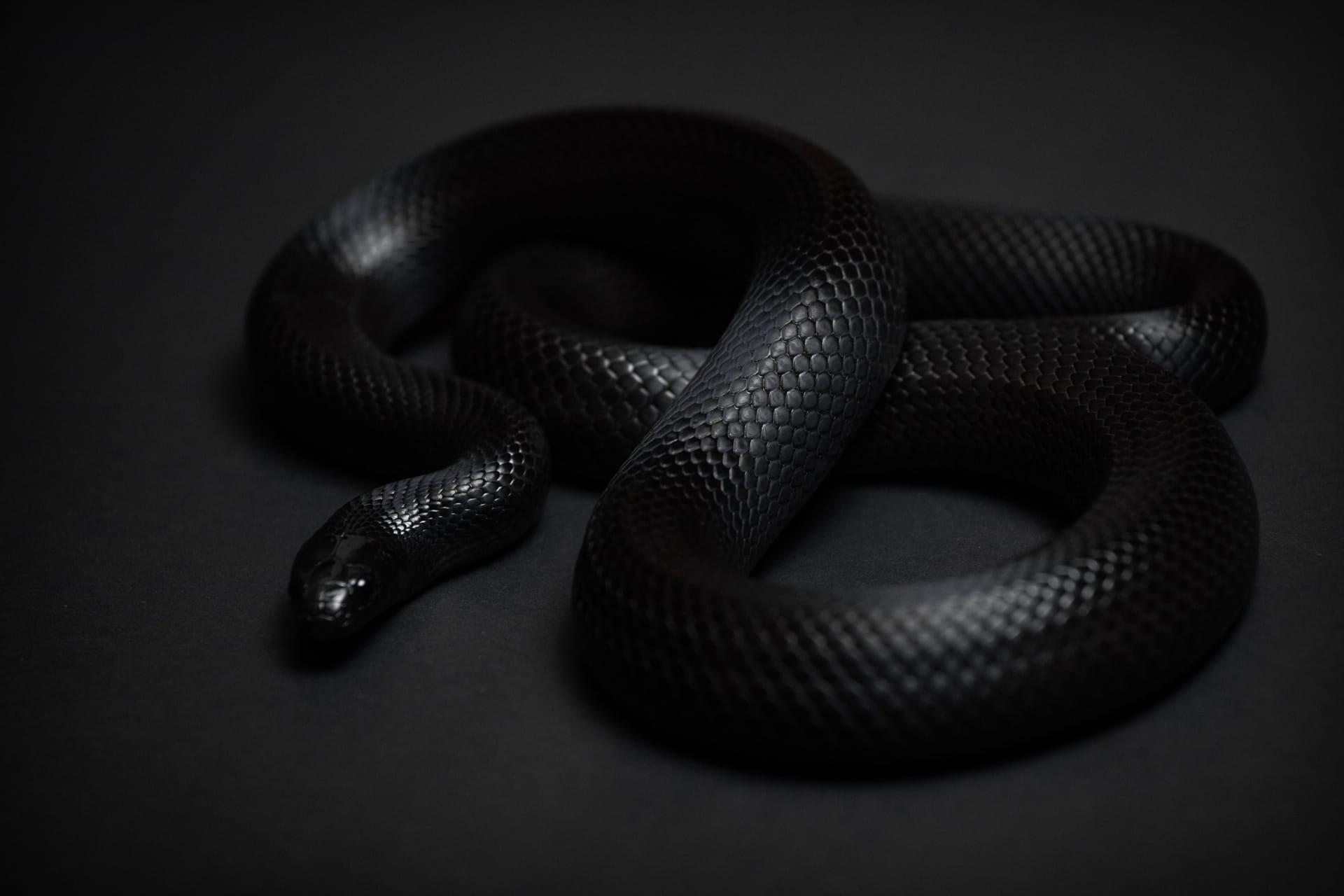Mexican Black Kingsnake Characteristics
- Home /
- Mini Encyclopedia /
- Animal /
- Mexican Black Kingsnake Characteristics
1
The Mexican Black Kingsnake, a captivating reptile, boasts an alluring, glossy black appearance. This snake, averaging around 3 to 4 feet in length, can reach up to 5 feet, making it a sizeable serpent. With a lifespan of 20 to 30 years in captivity, it's a long-term companion for reptile enthusiasts. The sleek body of the Mexican Black Kingsnake is not only striking but also highly functional, adapting it to its environment.
One of the most fascinating organs in the Mexican Black Kingsnake is its forked tongue. This unique tool is essential for their survival, acting as a biological radar. When flicked out, the tongue gathers airborne particles. Once retracted, these particles are transferred to the Jacobson's organ located in the roof of the mouth. This organ analyzes chemical cues from the environment, helping the snake locate prey, navigate its surroundings, and even find potential mates.

2
Question: Why is the Mexican Black Kingsnake often unafraid of other snakes, including venomous ones?
Answer: This fearlessness stems from its unique immunity to venom. The Mexican Black Kingsnake has evolved a resistance to the toxins of various venomous snakes, including rattlesnakes. This remarkable adaptation allows it to prey on other snakes without the risk of fatal envenomation. In addition to this immunity, the Mexican Black Kingsnake is a constrictor, skillfully coiling around its prey and suffocating it, which negates the need to fear venom in its predatory pursuits.

3
The locomotion of the Mexican Black Kingsnake is both graceful and efficient. It primarily uses lateral undulation, moving in a wavy, S-shaped pattern. This mode of movement is highly effective in various terrains, from desert landscapes to rocky areas, allowing the snake to swiftly pursue prey or evade threats.
In terms of hunting, the Mexican Black Kingsnake is a formidable predator. It's primarily nocturnal, using the cover of darkness to ambush prey. Its diet includes rodents, birds, eggs, and other reptiles, including snakes. The kingsnake employs constriction to subdue its prey - a method where it wraps its body around the victim and tightens its coils with each breath the prey takes, eventually leading to suffocation.

4
The Mexican Black Kingsnake thrives in diverse environments ranging from arid deserts to moist forested areas. Preferring rocky and secluded areas, they can often be found under rocks, in crevices, or burrows. These habitats offer shelter from predators and extreme weather, as well as opportunities for hunting.
Reproduction in Mexican Black Kingsnakes involves oviparous breeding. Females lay clutches of about 5 to 24 eggs, typically in the early summer. These eggs are deposited in hidden, secure locations like burrows or under rocks. The eggs, which hatch in about two to three months, yield young snakes that are independent from birth, ready to fend for themselves in the wild.

5
Book: "The Kingsnake Chronicles: Exploring the Life of the Mexican Black Kingsnake" is a comprehensive guide by renowned herpetologist Dr. Emily Stone. Published in the United States in 2018, the book delves into the biology, behavior, and conservation of this species. Stone's narrative is enriched with her personal experiences in the field, providing readers with both scientific insights and engaging anecdotes.
Book: "Serpents in the Shadows: The Mexican Black Kingsnake and Its World" by Carlos Mendez, a Mexican naturalist, published in 2020, offers a unique perspective. Mendez intertwines local folklore with scientific facts, presenting the kingsnake's role in Mexico's ecosystems. The book provides an in-depth look at the snake's interactions with other species and its importance in local culture and mythology.